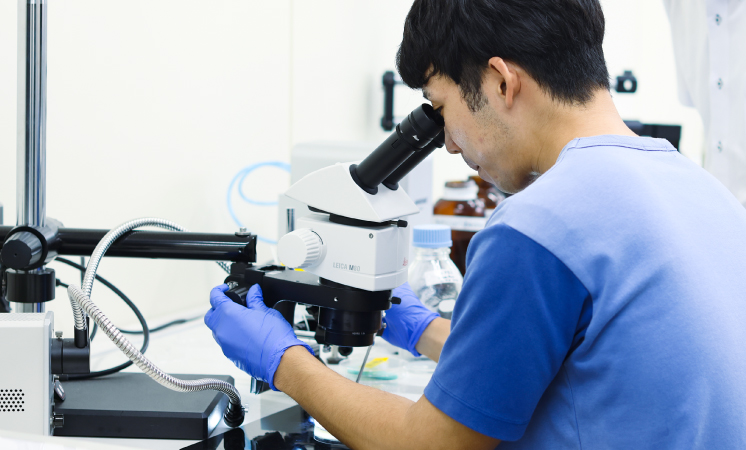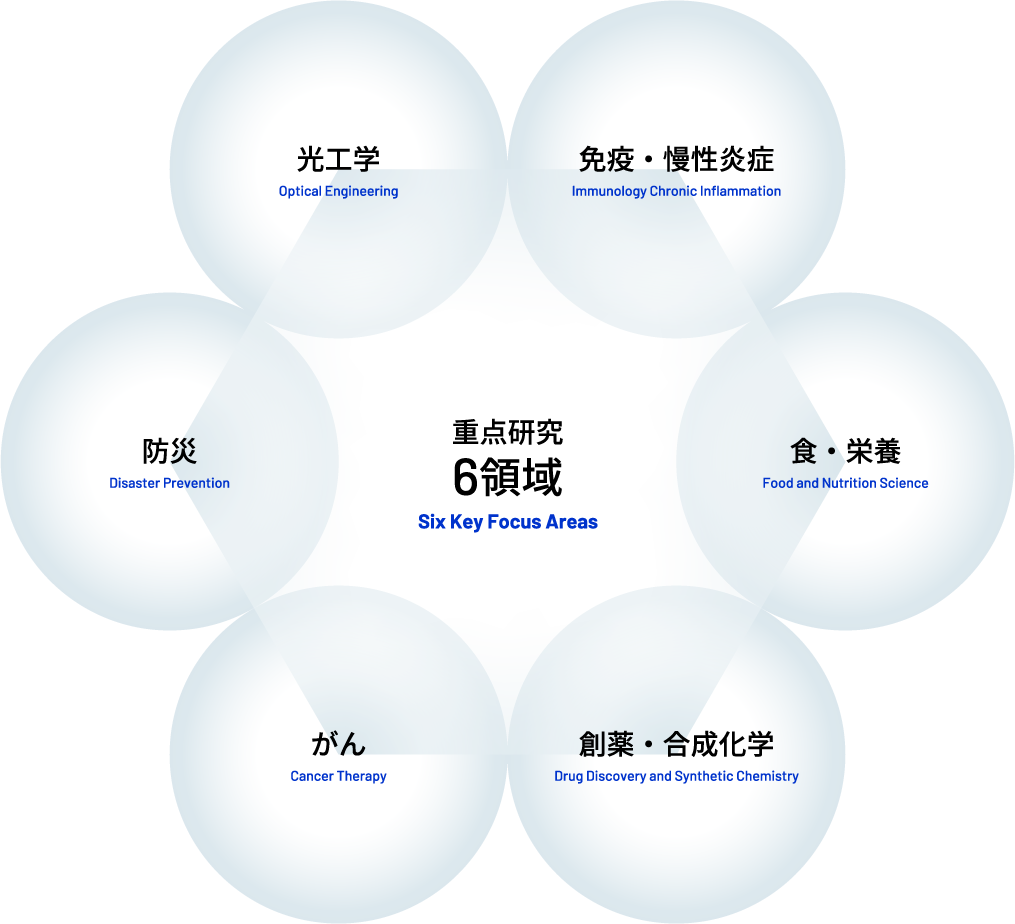Energy issues and environmentral issues.
Can these challenges be solved?
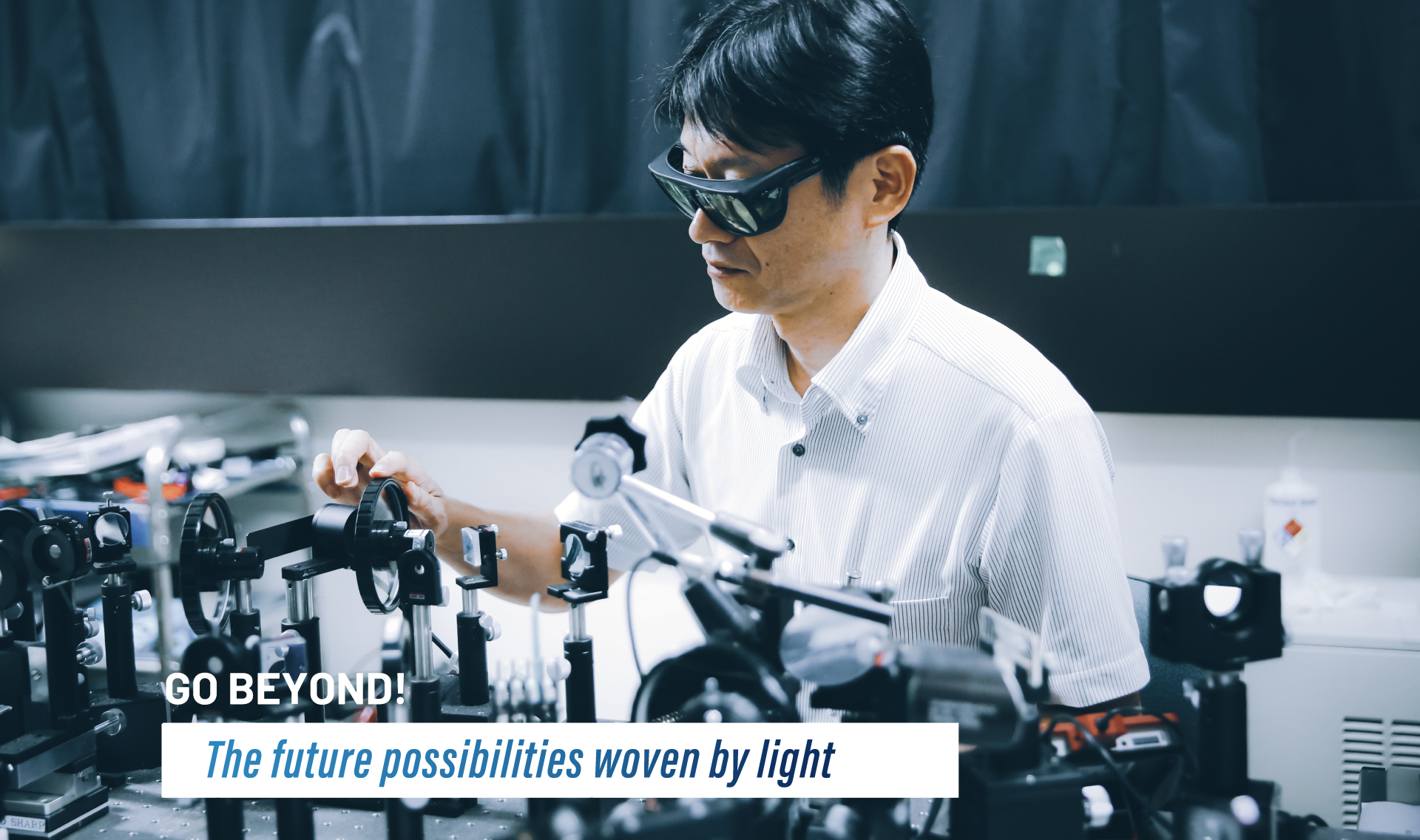
- Optical Engineering
- Optical Engineering
Capturing the Moment with Photonics:
Observing Nanoscale Movements through Laser Spectroscopy
- Capturing Light, Creating the Future
- Research that utilizes laser spectroscopy technology to observe ultrafast phenomena in the nanoscale world is becoming increasingly important in the development of light energy conversion nanomaterials, such as solar cells and photocatalysts. These nanomaterials possess the ability to convert light energy into electrical or chemical energy, enabling the generation of renewable energy and contributing to the reduction of environmental impact. As a result, they hold the potential to play a significant role in realizing a sustainable society.
- Why Observe the Nanoscale World?
- To enhance the efficiency of light energy conversion nanomaterials, it is essential to understand in detail the ultrafast phenomena occurring within the material. Energy conversion processes at the nanoscale take place on extremely short timescales, making it difficult for conventional observation methods to capture their details. The purpose of this research is to use unique laser technology to observe these ultrafast phenomena in real-time, which will aid in optimizing material design and developing new functional materials.
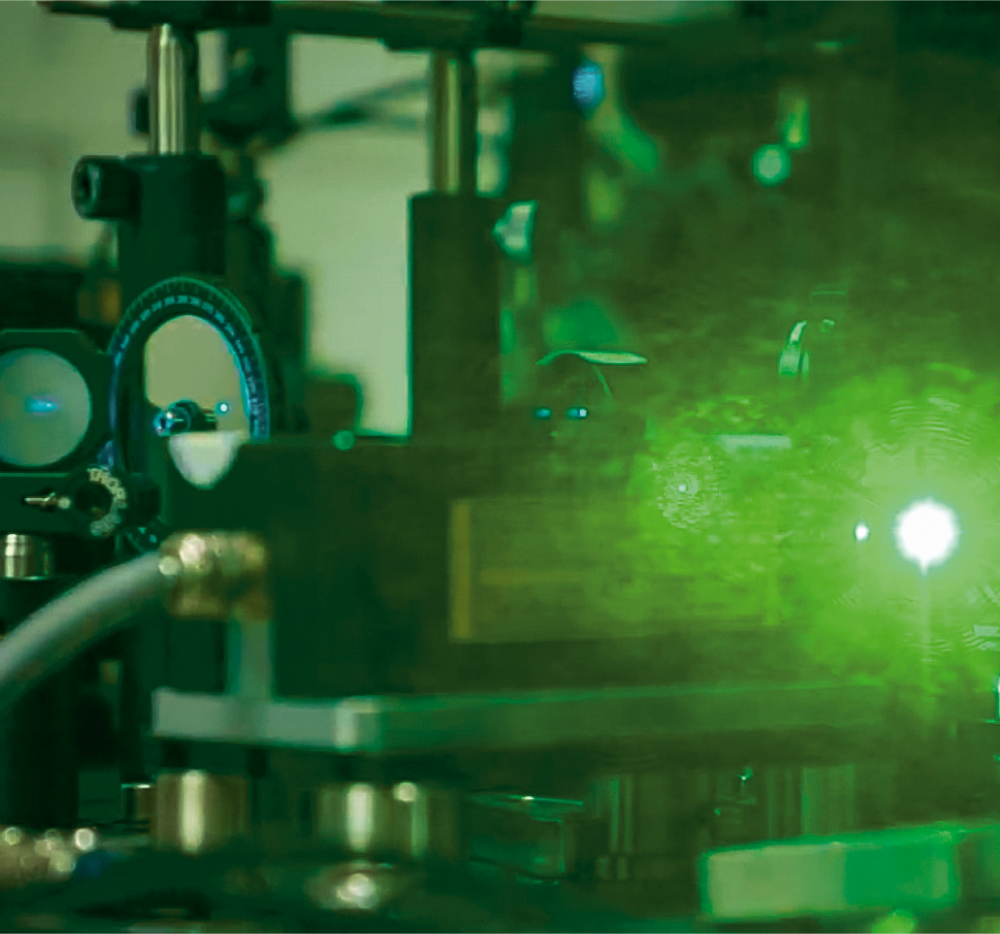
- Unveiling with Femtosecond Flashes
- We utilize the pump-probe method with femtosecond lasers. In this technique, the nanomaterial is first optically excited by a pump laser, and then its changes are tracked via spectroscopic data using a probe laser. This allows us to precisely observe mechanisms such as energy state changes in the nanomaterial, carrier generation and relaxation, and carrier movement. Based on this data, we gain insights into optimizing the structure and composition of the material.
- Creating Future Energy
- This research directly contributes to improving the efficiency of light energy conversion nanomaterials. To increase the efficiency of solar cells, it is crucial for the electrons and holes generated when light is absorbed to separate quickly and efficiently. By understanding this process in detail, we can gather clues for creating higher-performance solar cells. Additionally, in photocatalysts, understanding the intermediate products and the oxidation-reduction reactions promotes the development of new catalytic materials.
- The Future of Light and the Nanoscale World
- Research that observes ultrafast phenomena in the nanoscale world using laser technology has made significant contributions to the advancement of light energy conversion nanomaterials. Moving forward, with the further development of laser spectroscopy techniques, we will continue to push for the discovery of new materials and improve the performance of existing materials. This ongoing research and development promises to contribute to the realization of a more efficient and sustainable energy society.
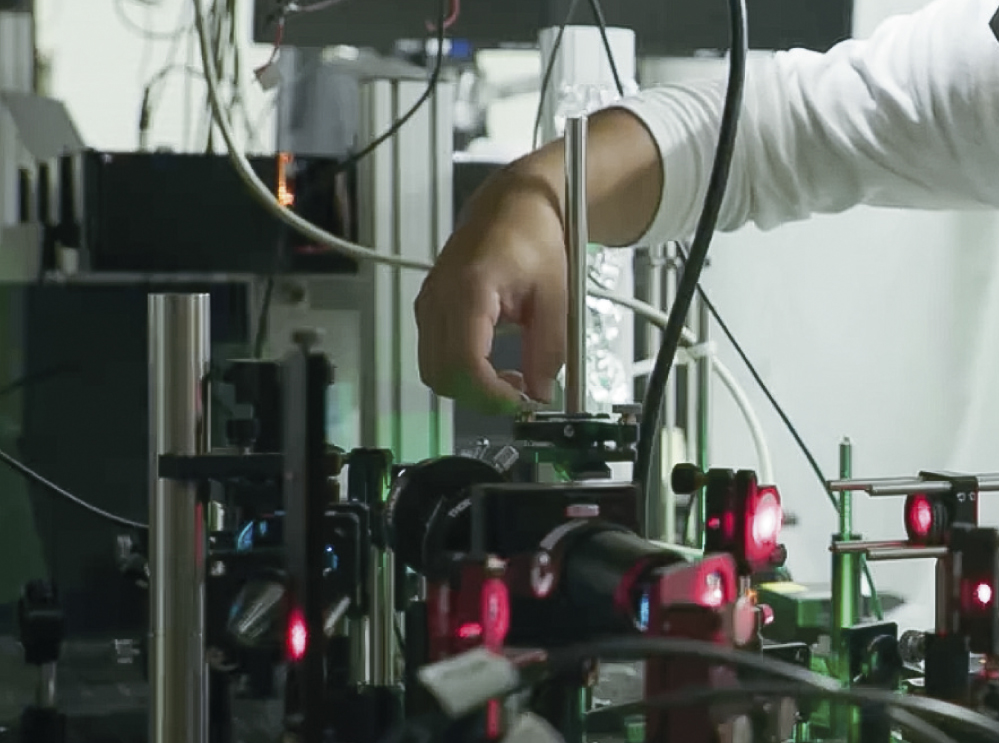
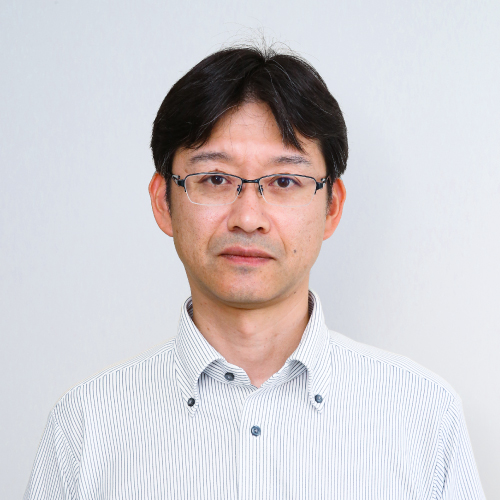
Furube Akihiro Professor (by-work)
Research on light energy conversion nanomaterials is essential for the realization of a sustainable society. Using advanced laser technology to observe nanoscale phenomena and develop new materials and devices is both highly challenging and meaningful. The research comes with its difficulties, but I believe the passion and curiosity of young researchers will lead to significant achievements. I am eager to achieve great goals together with the doctoral students who are ready to challenge the unknown.
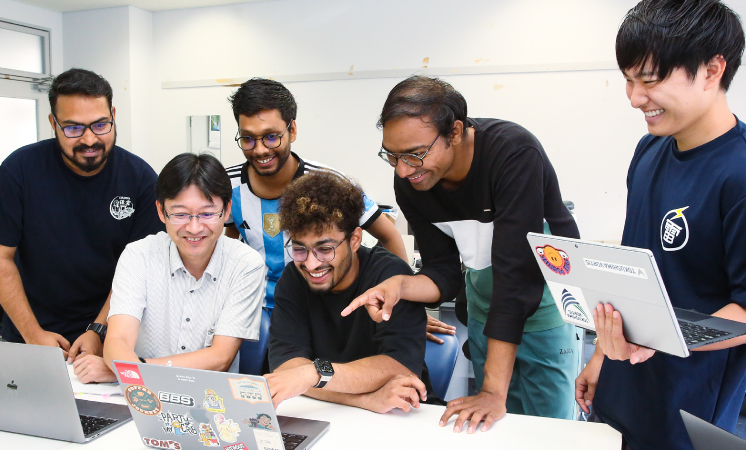
In the midst of despair during a large-scale disaster.
Is it possible to kindle a light of hope?

- Disaster Prevention
- Disaster Prevention
From Tokushima University, Towards the Future of Disaster Prevention:
Next-Generation Disaster Prevention System with AI and Balloons
- Paving the Future with Cutting-Edge Disaster Prevention Technology
- Japan is undeniably at the forefront of global disaster prevention research. Having overcome numerous large-scale earthquakes and the associated tsunami damage, Japan has significantly advanced its knowledge in disaster prevention. Protecting lives through the most advanced knowledge is not only a national responsibility but also an essential area of research. At Tokushima University Graduate School, this is a key cluster research initiative, representing the university's commitment to addressing this critical challenge.
- Search for Survivors During Silent Time
- From past disaster experiences, guidelines have been established to ensure that the voices of survivors trapped under collapsed buildings are not drowned out by the sounds of helicopters and heavy machinery. During the first 72 hours after a disaster, referred to as "Silent Time," the focus is on quietly locating survivors. We are developing a system that can detect the positions of those in need of rescue without sound during this crucial period.
- Searching for Lives with Sound and AI
- An inclusive disaster prevention approach, which ensures that no one is left behind and that evacuation and safety are secured, is essential in times of disaster. To achieve this, we are using hydrogen-powered automatic generation devices, balloon tethering, microphone arrays, sound analysis AI, and Geographic Information Systems (GIS). Our research involves classifying and making the voices of survivors—whether trapped under rubble or drifting in the ocean—more apparent through AI. These voices, along with distinctive sounds only humans produce, are processed by AI and then used to display their location on a visual map based on the time difference in the sound's transmission to the microphone array.
Further, we are developing a system to present this data on GIS, facilitating quick rescue operations and guidance using drones.
Through these innovations, we aim to revolutionize disaster prevention technology, ensuring a safer and more responsive society in the face of natural disasters.

- A New Disaster Prevention System Independent of Infrastructure
- In the event of a large-scale disaster, it is essential to acknowledge the possibility that the infrastructure we have built through civilization may become inoperable. In such cases, the simplest system would be one that operates using only water and mobile power sources. This system would be capable of detecting survivors through sound and visuals, while also enabling communication from above. I am confident that having such a means in place would be a significant strength in disaster relief operations.
- Disaster Prevention Research that Brings Together Diverse Knowledge
- At Tokushima University, where researchers from various fields are gathered, we are confident that we can create disaster prevention research that transcends individual research domains to contribute to a better future for humanity. We envision research conducted in Japan making a global impact and benefiting people worldwide.

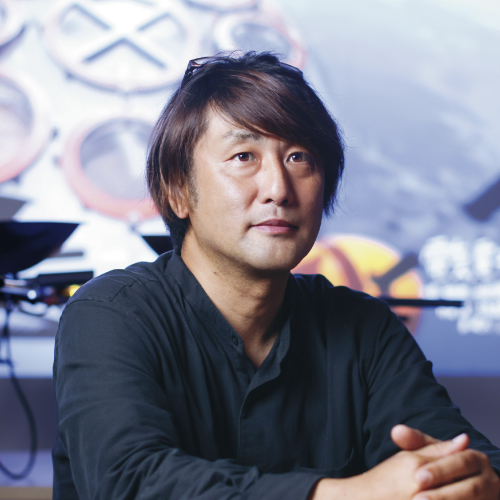
Sahara Osamu Professor (by-work)
Research in the doctoral program provides an excellent opportunity to connect individual studies into a larger, meta-narrative research effort, advancing practical research. By engaging with diverse researchers and fields, I hope you will expand your research perspective while also developing the insights and research capabilities to lead the future of your country. Imagine how exciting it would be to create research outcomes that will leave your name remembered 100 years from now!
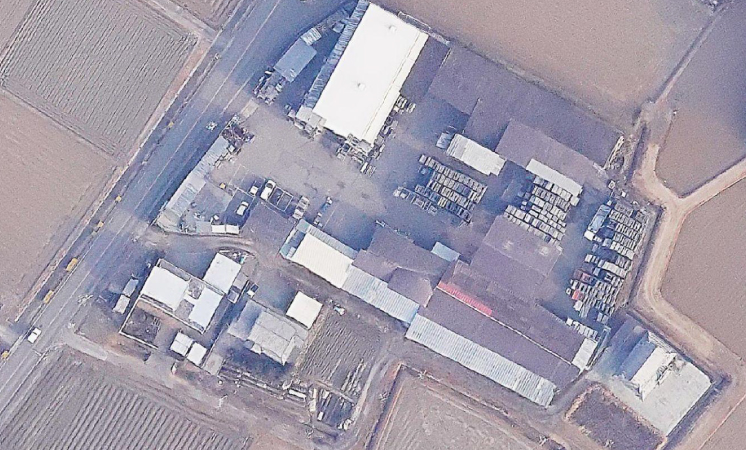
The World’s Food and Environmental Issues
The Future is Held by Small Creatures.
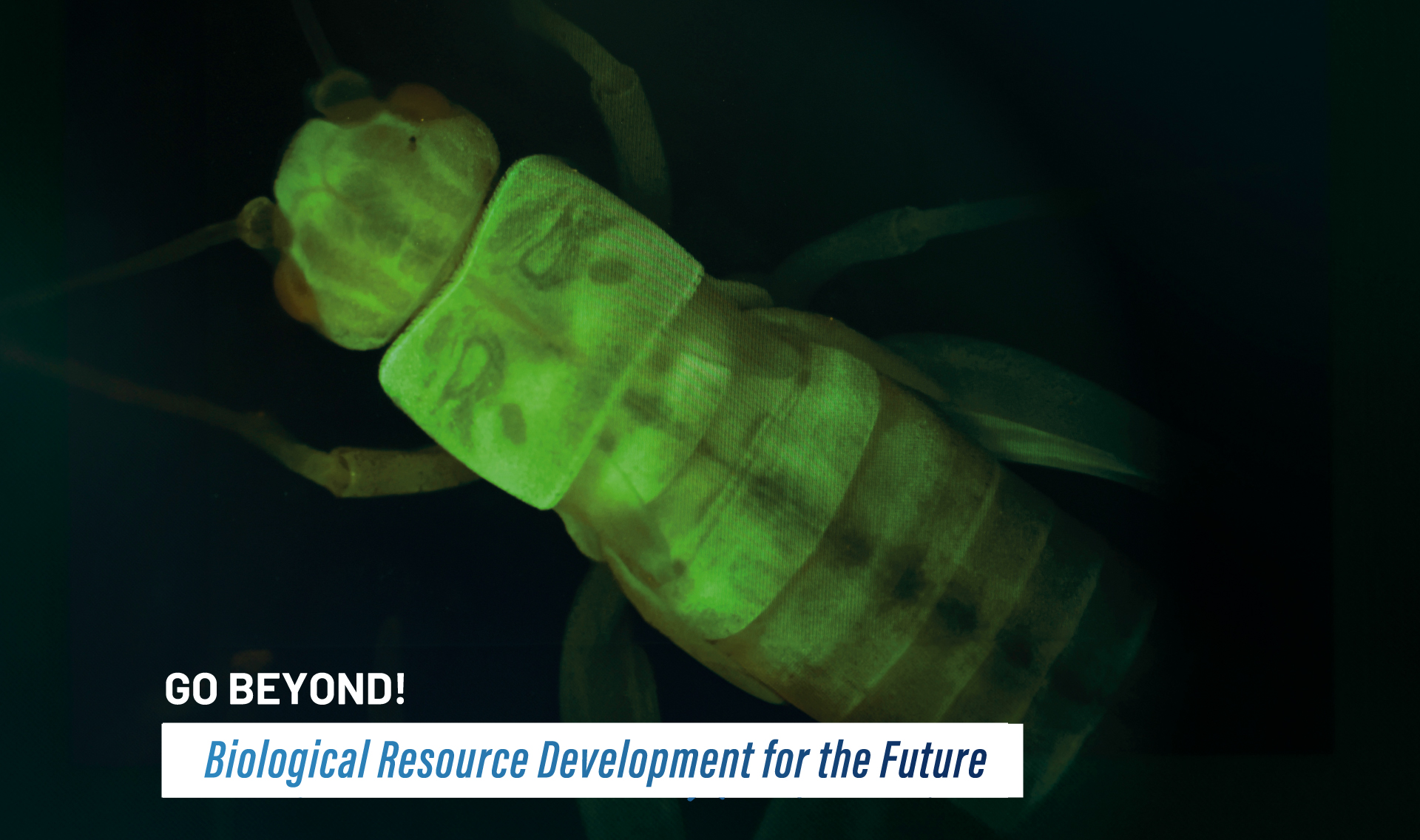
- Food and Nutrition
- Food and Nutrition Science
Amid global food and environmental challenges,
it was small organisms that played a crucial
role in shaping the future.
- Changing the World with the Power of Insects
- Insects are among the most diverse groups of organisms on Earth, and their physiology, ecology, and evolutionary mechanisms are important topics in basic life science research. Recently, insects have gained attention as a new source of protein. Therefore, it is crucial to connect fundamental insect research to the development of new biological resources and their practical application in society.
- Unraveling the Secrets of Insects through Genome Sequencing
- Our research aims to clarify the molecular foundations of insect development and evolution, applying this knowledge to develop sustainable biological resources. In particular, we are focusing on the development of insect breeds for use as feed and food sources, as well as technological advancements for using insects in the production of biopharmaceuticals.
- Crickets: Connecting the Future of Food
- Our research primarily uses crickets, which serve both as a model for developmental studies and as insects particularly well-suited for use as feed and food resources. We are analyzing the genome of crickets in detail and studying the function of genes involved in development using genome editing technology. The knowledge and techniques obtained are being used for breeding development and for expressing valuable proteins. Additionally, we are collaborating with researchers from other fields and industries to develop efficient and environmentally friendly cricket production systems.
By harnessing the potential of insects like crickets, we are paving the way for new, sustainable solutions to food security and resource challenges, while reducing environmental impacts.
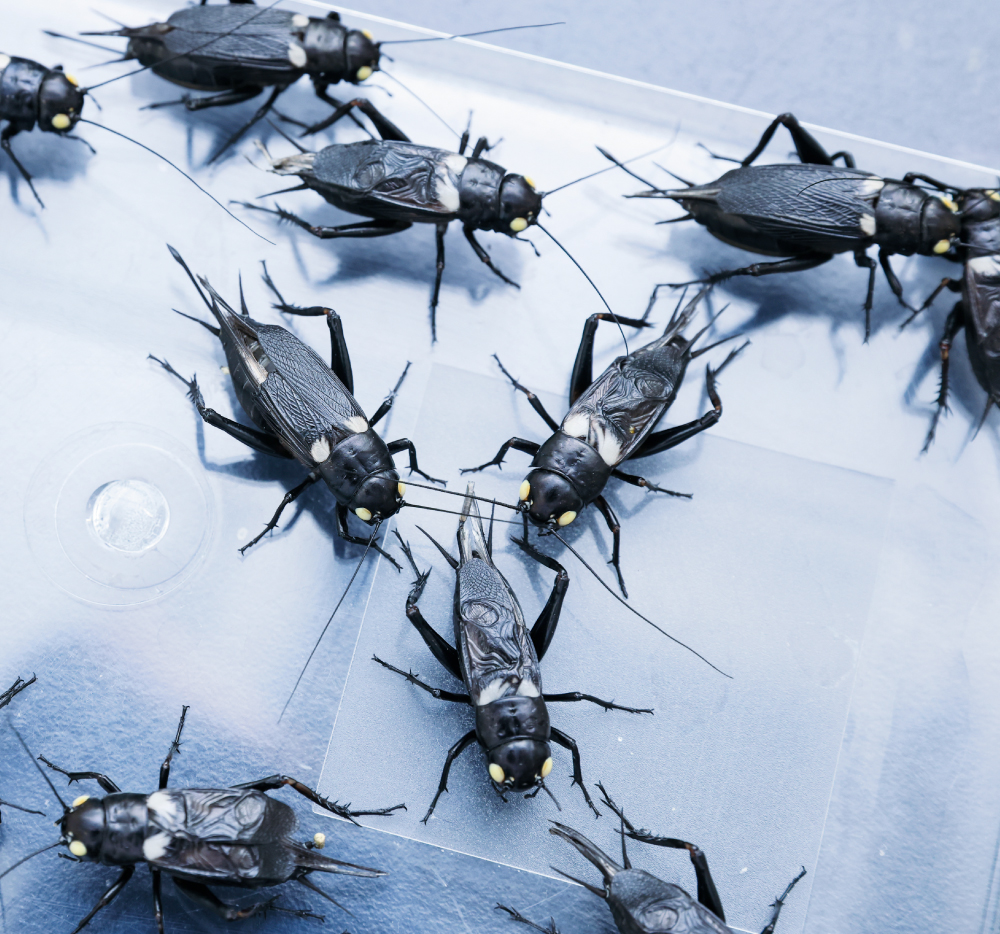
- Insects Paving the Way for New Industries
- This research not only deepens our understanding of insect development and evolution but also contributes to building a foundation for utilizing insects as new biological resources. The strength of this research lies in the development of technologies for analyzing and controlling the functions of insect genomes and advancing their application. Through this research, the industrial utilization of insects is expected to expand significantly.
- Research with Infinite Potential
- In the future, we will further investigate gene functions and advance breeding and biopharmaceutical production technologies based on these findings. We will also strengthen collaborations with businesses and researchers from other fields to realize a sustainable insect production system. This will contribute to the expanded industrial use of insect resources, supporting environmental sustainability and addressing food security challenges.

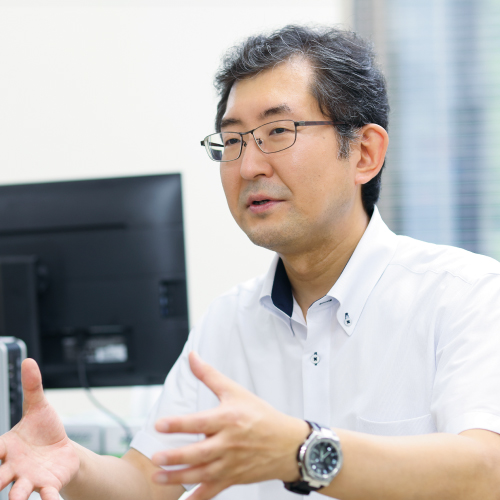
Mito Taro Professor (by-work)
The doctoral program is not only an opportunity to deepen knowledge, but also a valuable chance to enhance problem-solving skills and creativity. Living a research-focused life comes with many challenges, but these challenges are the very source of growth. By seriously engaging with your research subject and thoroughly analyzing the results, new perspectives will surely emerge. In that moment, you will realize how you are drawn into the allure of research. Please take this time to cultivate the skills that will allow you to thrive at the forefront of your field.
